Urijip Tteokbokki (우리집떡볶이)
1.6 Km 16172 2020-04-09
217-1, Dasan-ro, Jung-gu, Seoul
+82-2-2232-4531
Opened in 1979, Urijip Tteokbokki has operated for over 30 years in the same location. This restaurant has a spacious basement area which can accommodate up to 100 people. The restaurant is especially popular among Japanese tourists.
Mabongrim Halmeonijip (마복림할머니집)
1.6 Km 18175 2024-03-07
5, Dasan-ro 35-gil, Jung-gu, Seoul
+82-2-2232-8930
Mabongrim Halmeonijip specializes in instant tteokbokki. The spicy and flavorful tteokbokki with gochujang sauce is their signature dish. It is served in a hot pot, it can be customized with rice cakes, fish cakes, extra ramyeon noodles, mandu, and other various ingredients. The restaurant is so famous that it is said to be the original restaurant of tteokbokki, and has been featured in several TV programs.
I Love Sindangdong Tteokbokki (아이러브신당동떡볶이)
1.6 Km 16867 2024-03-07
50, Toegye-ro 76-gil, Jung-gu, Seoul
+82-2-2232-7872
Situated in Sindang-dong Tteokbokki Town, I Love Sindangdong Tteokbokki is a famous tteokbokki restaurant. Tteokbokki is a typical Korean street food, consisting of rice cakes made with flour or rice flour and stir-fried in red chili paste. The rice cakes are simmered in a broth with seasonings, along with fish cakes, vegetables, boiled eggs, mandu, and other ingredients. The best thing is that the dish can be customized with various ingredients such as cheese, ramyeon noodles, chewy noodles, and ham. Leftover broth can be fried with rice for a satisfying meal.
Sindang-dong Tteokbokki Town (신당동떡볶이골목)
1.6 Km 80759 2022-10-25
10-18, Dasan-ro 33-gil, Jung-gu, Seoul
+82-2-2236-9135
Sindang-dongTteokbokki Town started in the late '70s, although the alley did not become famous until the '80s. At that time, each restaurant had its own DJ booth, with the image of the "cool DJ" who played the music becoming a symbol of Sindang-dong Tteokbokki Town. In addition, this period also marked the prime time of high school baseball where students would crowd the streets on days when Duksoo Commercial High School and Sunrin Commercial High School (now Sunrin Internet High School) played against one another. Although these high school students have aged, they continue to visit the area, reliving their youth and continuing to indulge in the specialty tteokbokki.
However, some claim the history of this alley began in the 1950s. The owner of Mabongnim Halmeoni Tteokbokki restaurant says tteokbokki was being sold as early as 1953 as the area used to be home to Donga Theater and she sold tteokbokki, corn and potatoes to those visiting the theater. At first, tteokbokki was simply made with gochujang (red chili paste) but as time went by, cooks decided the dish could be more than just a snack. By adding ingredients like eggs, cellophane noodles, fish cakes, instant noodles and more recently squid, prawn and cheese, tteokbokki can be made more delicious and turns this beloved snack into a full meal.
Majang Meat Market (마장 축산물시장)
1.6 Km 50461 2021-08-12
40, Majang-ro 31-gil, Seongdong-gu, Seoul
+82-2-2281-4446
Majang Meat Market is the largest meat market in Korea. It is equipped with Korea’s most modern and cleanest facilities. The butchers here are proud of the market's size and hygienic facilities.
The market sells fresh meat arriving every hour from all over the country and from overseas. The prices are overtly marked for each meat along with the country and place of origin. For the market's efforts to provide quality products, the market is recognized by the Korean Medical Association (KMA).
Traders are able to trade easily thanks to the market's state of the art systems. At Majang Meat market, high quality meats are available at up to 30% less than at supermarket chains.
Olive Young - Sindang Station Branch [Tax Refund Shop] (올리브영 신당역)
1.6 Km 0 2024-04-18
258, Dasan-ro, Jung-gu, Seoul
-
Olive Young - Cheonggu Station Branch [Tax Refund Shop] (올리브영 청구역)
1.6 Km 0 2024-04-18
A section of 1F, 168, Dasan-ro, Jung-gu, Seoul
-
Mokposan Kkotgejjim (목포산꽃게찜)
1.7 Km 59 2021-03-29
325, Majang-ro, Seongdong-gu, Seoul
+82-2-2292-1270
A restaurant frequently featured in Korean gourmet programs. The best menu at this restaurant is steamed blue crab. This Korean dishes restaurant is located in Seongdong-gu, Seoul.
Chungmu Arts Center (충무아트센터)
1.7 Km 37879 2024-03-06
387, Toegye-ro, Jung-gu, Seoul
+82-2-2230-6600
Chungmu Arts Center is a complex cultural facility with an optimal conditions for watching performances. It has a large theater, a medium theater (black), and a small theater (blue). It also boasts great galleries, studios, and a swimming pool, attracting numerous visitors. In addition, one can enjoy performances of various genres, including classical music, plays, musicals, and concerts. Located close to Dongdaemun, it has good accessibility.
Hwanghak-dong Flea Market (Dokkaebi Market / Manmul Market) (황학동 벼룩시장 (도깨비시장/만물시장))
1.7 Km 43773 2020-05-12
11-7, Majang-ro 5-gil, Jung-gu, Seoul
+82-2-1330
Hwanghak-dong Flea Market was named after the way how merchants travel from one place to another all over the country, as if like fleas hopping around from one spot to another, to collect rare and valuable items. This market was once a haven of antiques and collectibles, but with the formation of old-fashioned art street in 1983 in Janganpyeong, many classic art shops had moved out, leaving only used item and general goods stores. Now, visitors can find stores selling antiques, used furniture, electronics, clocks, jewelry, musical instruments, camera, and machinery – pretty much anything one can name. Hwanghak-dong Flea Market is also referred to as Dokkaebbi Market, to describe how even the most rundown items become just like new, as if like the work of a dokkaebi (Korean folk goblin).

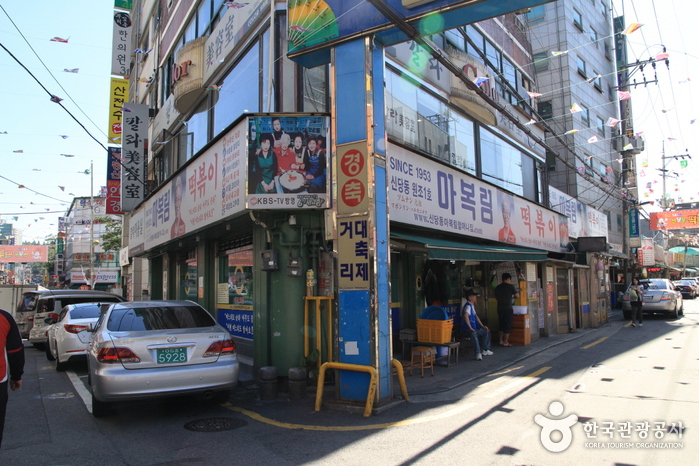

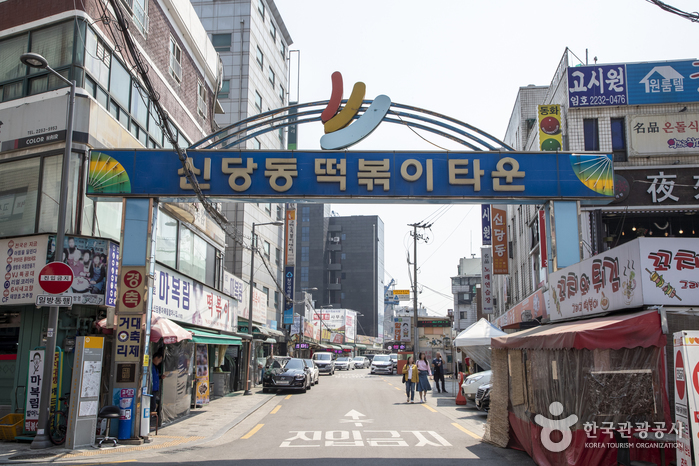
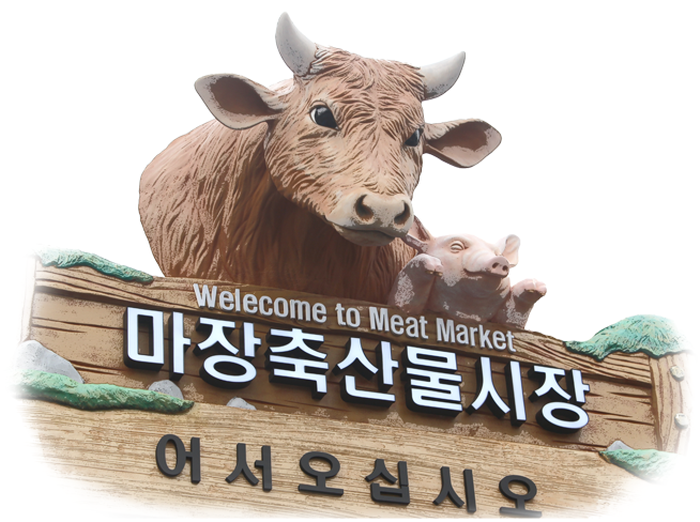
![Olive Young - Sindang Station Branch [Tax Refund Shop] (올리브영 신당역)](http://tong.visitkorea.or.kr/cms/resource/35/2878735_image2_1.jpg)
![Olive Young - Cheonggu Station Branch [Tax Refund Shop] (올리브영 청구역)](http://tong.visitkorea.or.kr/cms/resource/39/2878739_image2_1.jpg)
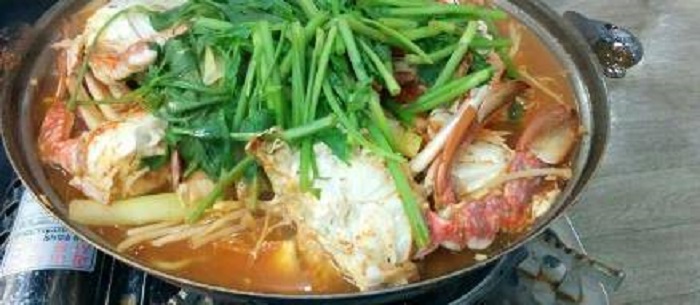
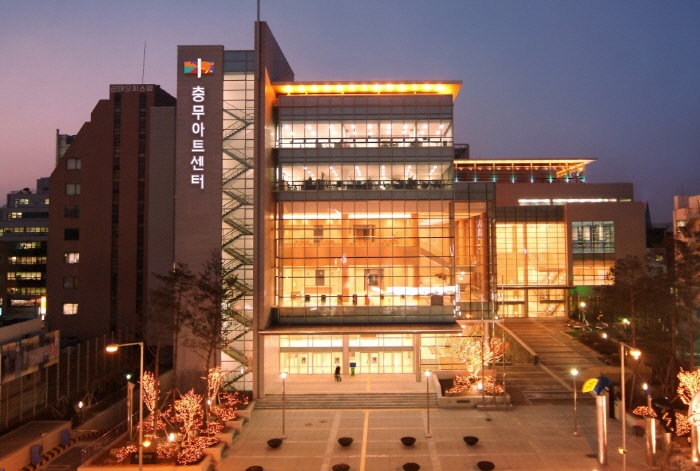
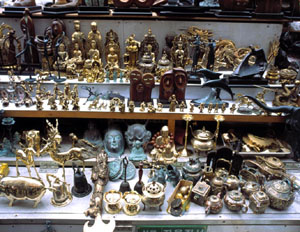
 English
English
 한국어
한국어 日本語
日本語 中文(简体)
中文(简体) Deutsch
Deutsch Français
Français Español
Español Русский
Русский